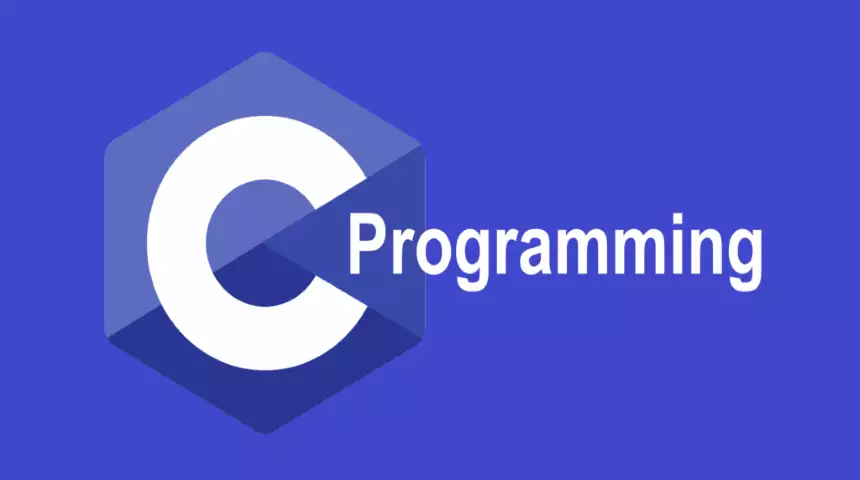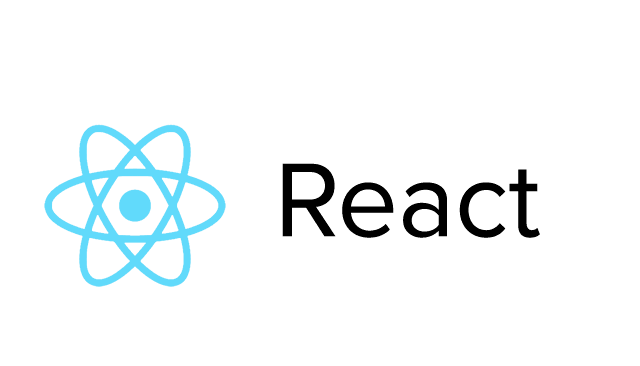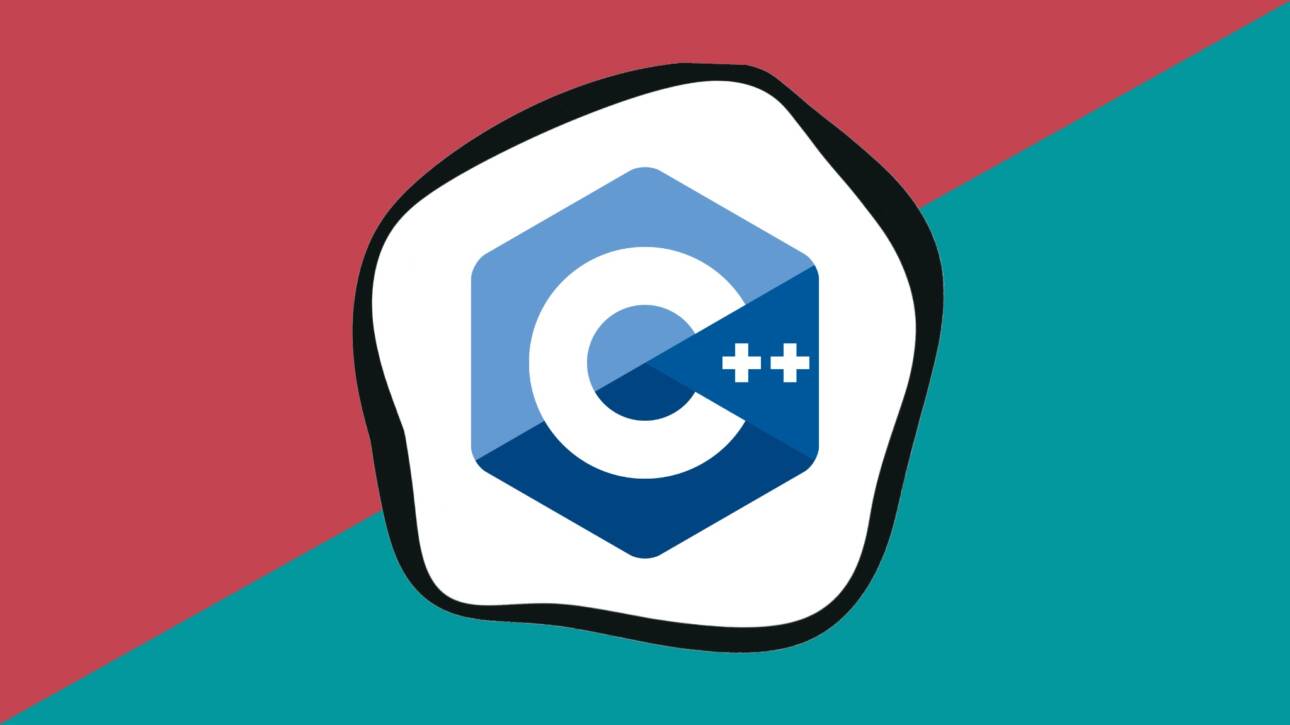Table of Contents
Introduction:
Fundamentals of C Programming:
Data Types and Variables:
Operators and Expressions:
Control Statements:
Arrays and Strings:
Pointers:
Functions:
Applications of C Programming
Conclusion
Introduction:
C Programming Language is one of the most widely used and fundamental programming languages in the computer science industry. It was first developed by Dennis Ritchie in…






